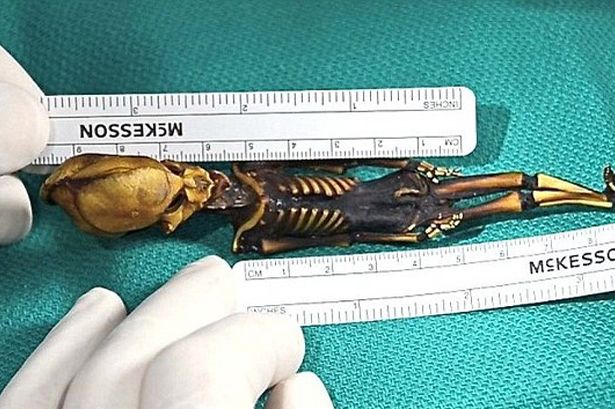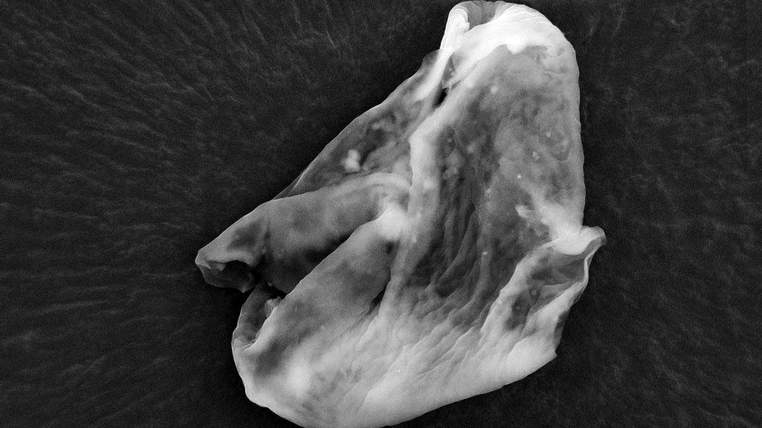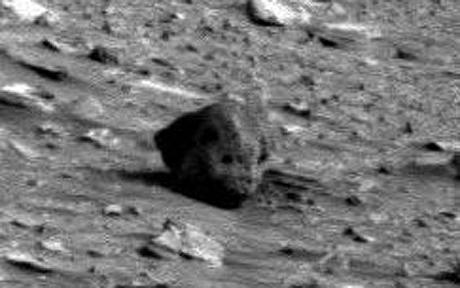Extraterrestrial life is life that does not originate from Earth. It is also called alien life, or, if it is a sentient and/or relatively complexindividual, an “extraterrestrial” or “alien” (or, to avoid confusion with the legal sense of “alien”, a “space alien“). These as-yet-hypothetical life forms range from simple bacteria-like organisms to beings with civilizations far more advanced than humanity. Although many scientists expect extraterrestrial life to exist, there is no unambiguous evidence for its existence so far.
The science of extraterrestrial life is known as exobiology. The science of astrobiology also considers life on Earth as well, and in the broader astronomical context. Meteorites that have fallen to Earth have sometimes been examined for signs of microscopic extraterrestrial life. In 2015, “remains of biotic life” were found in 4.1 billion-year-old rocks in Western Australia, when the young Earthwas about 400 million years old. According to one of the researchers, “If life arose relatively quickly on Earth … then it could be common in the universe.”
Since the mid-20th century, there has been an ongoing search for signs of extraterrestrial intelligence, from radios used to detect possible extraterrestrial signals, to telescopes used to search for potentially habitable extrasolar planets. It has also played a major role in works of science fiction. Over the years, science fiction works, especially Hollywood’s involvement, has increased the public’s interest in the possibility of extraterrestrial life. Some encourage aggressive methods to try to get in contact with life in outer space, whereas others argue that it might be dangerous to actively call attention to Earth.

The mummified remains of a six-inch “space alien”, discovered a decade ago in the Chilean desert, have been identified as human.
The tiny skeleton, known as the Atacama Humanoid, has fuelled speculation for ten years, with many considering it to be proof of extra-terrestrial life
The tiny skeleton has fuelled speculation for 10 years, with many considering it to be proof of extra-terrestrial life while others believed it was an aborted foetus or a monkey.
The creature, known as the Atacama Humanoid (or ‘Ata’), was found in Chile’s Atacama Desert in 2003.
The discovery was made by Oscar Munoz, who had been searching for objects of historical value near to an abandoned church in La Noria.
He described Ata to Open Minds as: “A strange skeleton, no bigger than 15cm [the size of a pen].
“It was a creature with hard teeth, a bulging head with an additional odd bulge on top. It’s body was scaly and of dark colour. Unlike humans, it had nine ribs.”
Now UFO documentary Sirius has revealed that Ata was not a hoax but in fact a mummified human, the Huffington Post reported.
According to documents, a forensic medical expert at Basque University, in northern Spain, said: “It’s a mummified body with all typical characteristics of a foetus.
Source: Daily Mail Read More
Originally posted 2016-02-13 00:35:32. Republished by Blog Post Promoter














